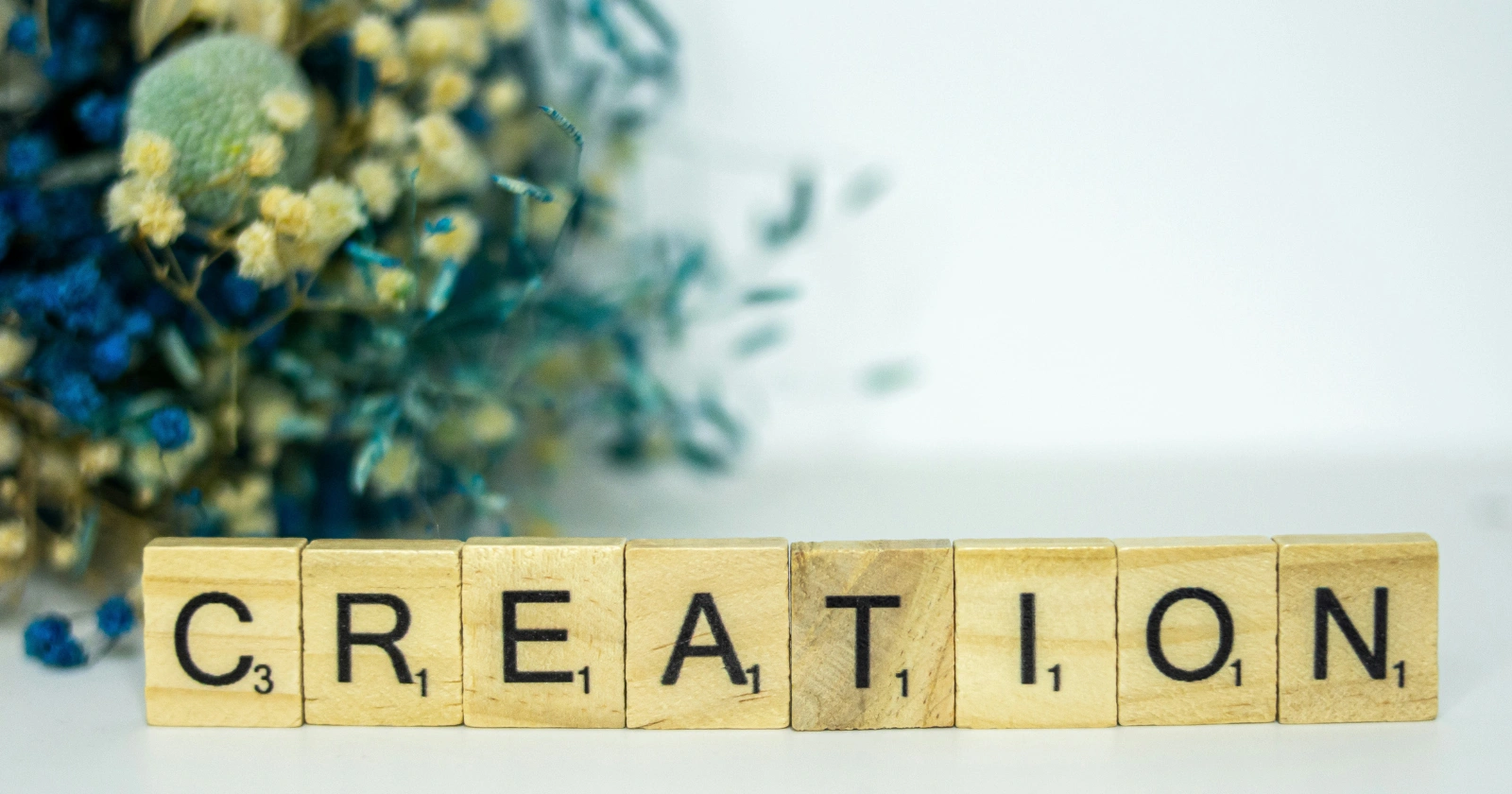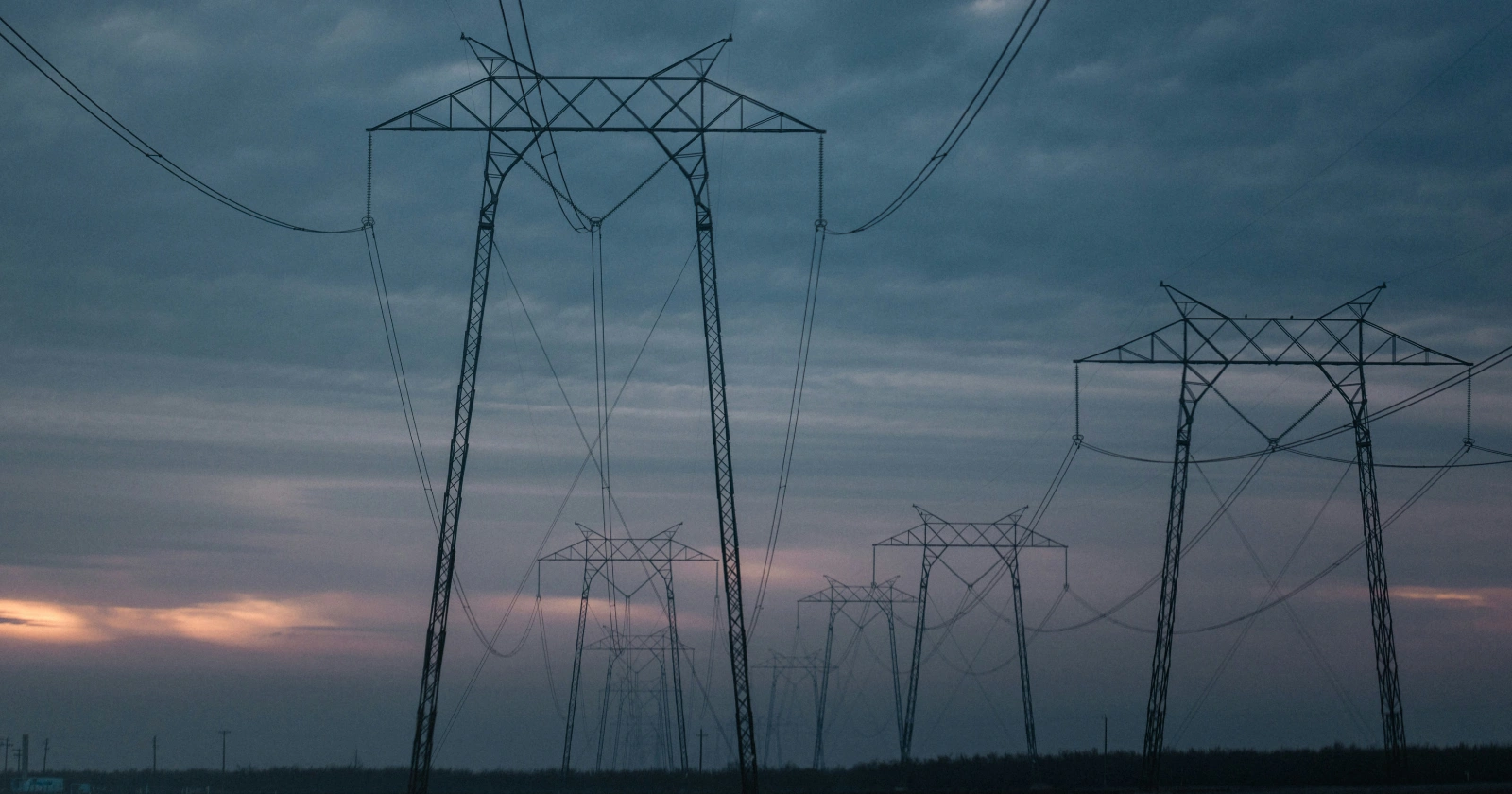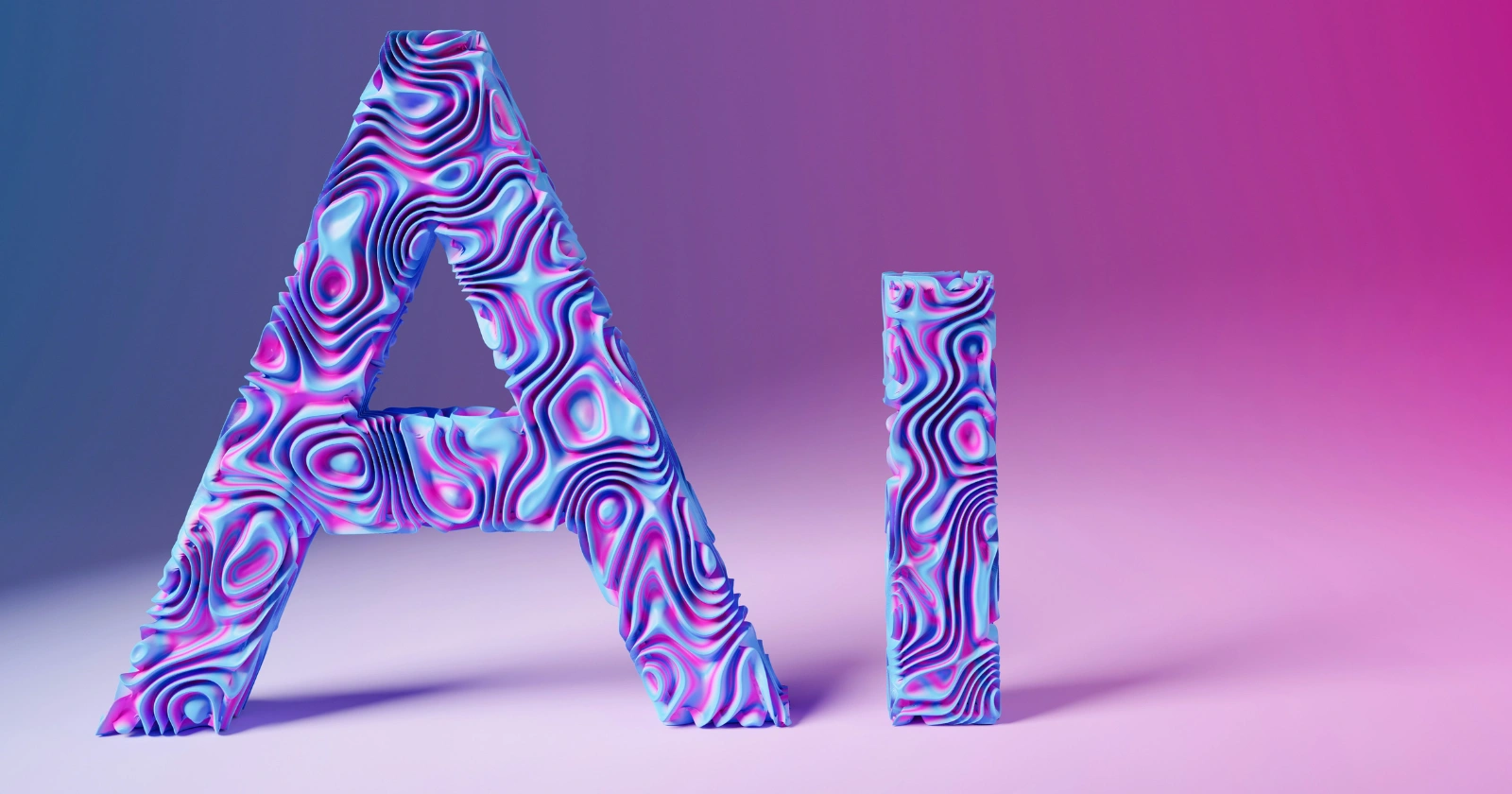Artificial intelligence has emerged as a transformative force in the creative world, enabling machines to produce art, music, and literature that often rivals human output. This shift challenges long-standing assumptions about what constitutes originality and who holds rights to such works. In 2025, as generative AI tools like advanced versions of DALL-E and GPT models become ubiquitous, creators find themselves at a crossroads, balancing innovation with the need to safeguard their intellectual contributions.
The integration of AI into creative workflows democratizes access to sophisticated tools, allowing amateurs and professionals alike to generate complex content with simple prompts. Yet this accessibility raises profound questions about authorship. Courts and policymakers worldwide grapple with cases where AI systems, trained on vast datasets of human-created material, produce outputs that blur the boundaries between inspiration and infringement.
Recent rulings, such as those from the U.S. Copyright Office in early 2025, emphasize human involvement as essential for protection, highlighting the tension between technological progress and traditional legal structures.
Beyond legal debates, the cultural implications loom large. AI’s role prompts a reevaluation of creativity itself, questioning whether emotional depth and personal experience remain exclusive to humans. As industries adapt, from music production facing potential 24% revenue losses by 2028 according to Forbes insights, to visual arts exploring blockchain for provenance, the landscape evolves rapidly. This evolution demands a nuanced understanding to ensure that innovation enhances rather than undermines the value of human ingenuity.
AI’s Creative Surge
Generative AI technologies have advanced significantly, producing works that span visual arts, music, and writing. These systems learn from extensive datasets, identifying patterns to create novel content. For instance, tools like Midjourney and Stable Diffusion allow users to input text descriptions and receive detailed images, while AI composers generate symphonies based on stylistic inputs.
This capability extends to professional realms. Motion picture companies employ AI for visual effects and post-production, as noted in the U.S. Copyright Office’s 2025 report on AI copyrightability. Such applications streamline processes, reducing time and costs. However, they also introduce complexities in attributing credit, especially when AI handles substantial portions of the creation.
The democratization effect cannot be overstated. Platforms like Shutterstock collaborate with AI firms to offer licensed content, ensuring ethical use. This opens doors for underrepresented creators, fostering diversity in artistic expression. Yet, the flood of AI-generated material risks oversaturating markets, potentially diminishing opportunities for emerging human talents.
Legal Hurdles Ahead
Current copyright laws predominantly require human authorship for protection. In the United States, the Copyright Office maintains that purely AI-generated works lack eligibility, a stance reaffirmed in 2025 decisions. This position stems from the belief that copyright incentivizes human creativity, not machine outputs.
Internationally, approaches vary. The United Kingdom’s provisions for computer-generated works offer some flexibility, though untested with modern AI. China’s courts show adaptability, granting protection when human control is evident. The European Union explores licensing models, as discussed in World Economic Forum reports on generative AI’s impact.
Hybrid creations, where humans refine AI outputs, occupy a gray area. Cases like the 2023 Zarya of the Dawn graphic novel illustrate this, where human-edited elements received partial protection. Such precedents suggest that substantial human input can establish ownership, but definitions remain fluid.
Training Data Disputes
A core issue involves the use of copyrighted material to train AI models. Lawsuits from artists and publishers against companies like OpenAI allege infringement, claiming unauthorized scraping devalues original works. A 2025 federal ruling provided mixed outcomes, deeming some uses fair while condemning pirated data acquisition.
This debate extends to fair use doctrines. Courts weigh transformative aspects, but ambiguity persists. Initiatives like the Generative AI Copyright Disclosure Act aim for transparency, requiring declarations of used works.
Style Imitation Risks
AI’s ability to mimic artists’ styles raises moral rights concerns. While U.S. copyright does not protect styles outright, replication can affect reputations or markets. Publicity rights protect likenesses, becoming relevant when AI generates content in a specific artist’s vein.
Tools like Glaze help artists shield their work from training datasets, promoting proactive protection. As AI evolves, legal systems must address these nuances to prevent exploitation.
Ethical Dimensions
The philosophical underpinnings of creativity come into focus with AI’s rise. Debates center on whether AI acts as a tool or a collaborator, lacking the human essence of emotion and experience. Critics argue that AI outputs, while technically proficient, miss authentic depth.
On the positive side, AI enhances inclusivity, empowering groups historically marginalized in creative fields. Blockchain integration, as seen in platforms like Camp Network’s 2025 mainnet launch, enables tokenized IP with verifiable ownership and automated royalties.
Commercial impacts are dual-edged. AI lowers barriers but threatens livelihoods through market saturation. Reports from the World Economic Forum highlight how generative AI affects consumers and professionals, urging balanced policies.
Key Facts and Findings
- In 2025, AI-generated music tools saw a surge, with platforms like Everlyn AI offering blockchain-stamped videos for immutable ownership.
- The U.S. Copyright Office’s Part 2 Copyrightability Report emphasized human involvement in AI-assisted creative processes.
- Global surveys indicate that 70% of creatives view AI as a threat to traditional revenue streams, per Forbes analysis.
- China’s flexible copyright approach has led to over 100,000 AI-related patents filed annually.
- Ethical AI training initiatives, like those from Adobe’s Firefly, use licensed datasets to avoid infringement risks.
Comparative Global Stances
| Jurisdiction | Human Authorship Requirement | AI-Generated Work Protection | Key 2025 Developments |
|---|---|---|---|
| United States | Strict; only human-authored works eligible | Limited; hybrid works may qualify with substantial human input | Rejected pure AI inventorship in patent cases; new disclosure acts proposed |
| United Kingdom | Provisions for computer-generated works exist | Untested with generative AI; focuses on human oversight | Ongoing consultations on AI IP frameworks |
| China | Flexible; evidence of human control allows protection | Granted in cases with significant human direction | Surge in AI patent filings; guidelines for ethical training data |
| European Union | Human-centric; exploring new categories | Potential sui generis rights for AI outputs | Digital Single Market strategy integrates AI transparency mandates |
| Australia | Allows AI as inventor in select rulings | Progressive; recognizes AI contributions | Landmark DABUS case upheld AI inventorship |
This table illustrates diverse approaches, underscoring the need for international harmonization.
Pathways Forward
Solutions emerge through innovative frameworks. Licensing models, like those from Getty Images’ Generative AI by iStock, ensure compliant content creation. Technical safeguards, including watermarking and metadata tagging, track origins and prevent misuse.
Legislative adaptations are crucial. Proposals for new IP categories accommodate AI’s unique role, as discussed in Harvard Law Review analyses. Enhanced transparency in training data, mandated by acts like the U.S. Generative AI Copyright Disclosure, fosters trust.
Collaboration between stakeholders—artists, tech developers, and policymakers—drives progress. Initiatives from organizations like the Electronic Frontier Foundation advocate for balanced policies, protecting rights while encouraging innovation.
The road ahead involves ongoing dialogue. As AI integrates deeper into creative ecosystems, adapting legal standards ensures equitable outcomes. This evolution reflects society’s broader grapple with technology’s place in human expression.
Key Conclusion and Analysis
The intersection of artificial intelligence and creative ownership marks a pivotal moment in cultural and legal history. As machines assume roles once reserved for humans, societies must navigate the delicate balance between fostering innovation and preserving the intrinsic value of human creativity. This transformation extends beyond mere technical advancements, touching on fundamental questions of identity, value, and equity in artistic endeavors.
Reflecting on recent developments, such as the U.S. Copyright Office’s comprehensive 2025 report and global initiatives like the EU’s Artificial Intelligence Act, progress appears incremental yet promising. These efforts signal a commitment to adapting frameworks that protect creators while embracing AI’s potential. Industries, from music facing saturation risks to visual arts leveraging blockchain for ownership, demonstrate resilience through adaptation.
Ultimately, the path forward hinges on collaborative action. Policymakers must craft regulations that anticipate future AI capabilities, ensuring they promote inclusivity and fairness. Creators, empowered by tools and knowledge, can advocate for their rights, turning potential threats into opportunities. Technology developers bear responsibility to prioritize ethical practices, building systems that respect intellectual contributions.
This ongoing evolution underscores a broader truth: creativity thrives when supported by systems that honor its origins. By addressing these challenges thoughtfully, the creative landscape can emerge stronger, more diverse, and truly reflective of an interconnected world where human ingenuity and artificial intelligence coexist harmoniously.
Frequently Asked Questions
Creative ownership refers to the legal rights over works produced through artistic or intellectual effort, now complicated by AI’s involvement in generation processes.
In most jurisdictions, pure AI outputs lack protection without significant human input, as laws emphasize human authorship.
Using copyrighted material without permission for training can lead to infringement claims, prompting calls for transparent and licensed datasets.
These involve AI generating initial content, refined by humans, potentially qualifying for protection based on the extent of human contribution.
AI replicating artists’ styles may not infringe copyright directly but can raise moral rights issues, affecting market value and reputation.
Blockchain enables tokenized IP, providing verifiable provenance, automated royalties, and immutable records of creation.
Rulings vary; Australia’s 2021 decision allowed AI as inventor, while U.S. and EU maintain human requirements.
Concerns include devaluing human work, lack of emotional depth in AI outputs, and equitable compensation for training data sources.
Yes, applications like Glaze alter images subtly to prevent effective use in datasets, empowering artists.
Potential changes include new IP categories, mandatory disclosures, and international agreements for harmonized standards.



